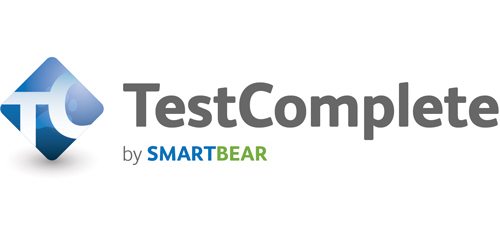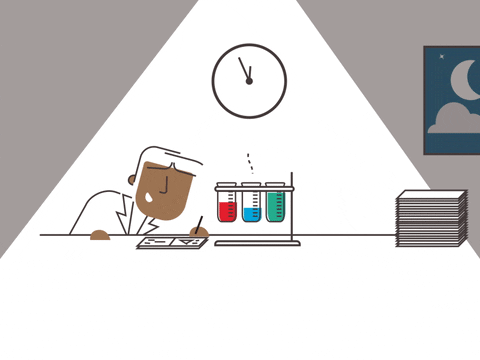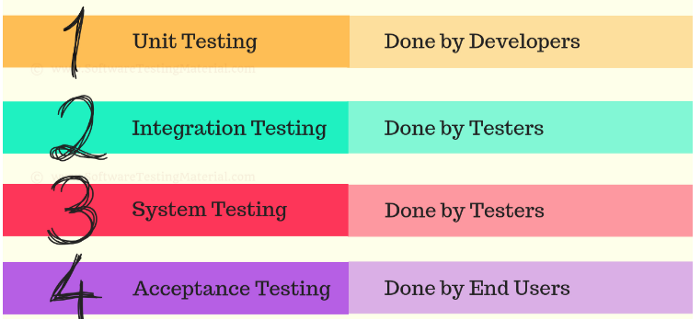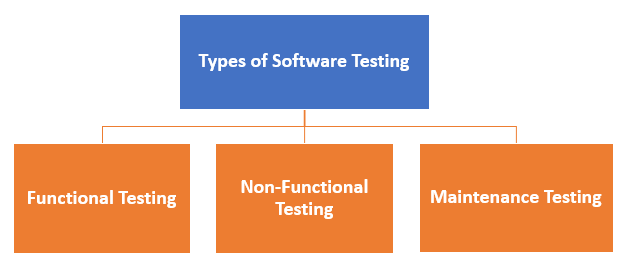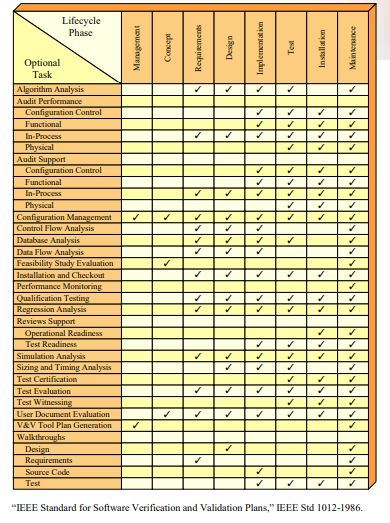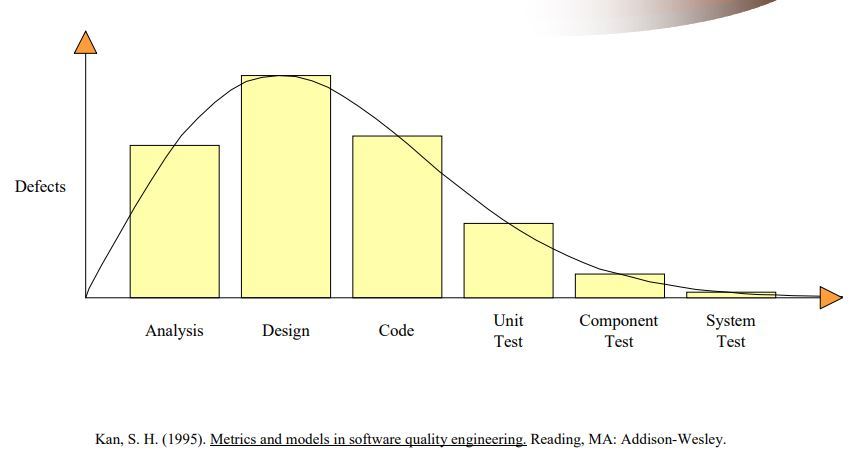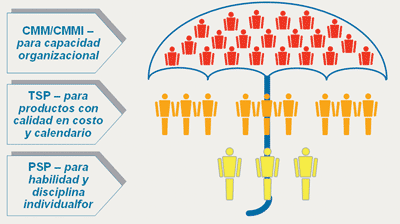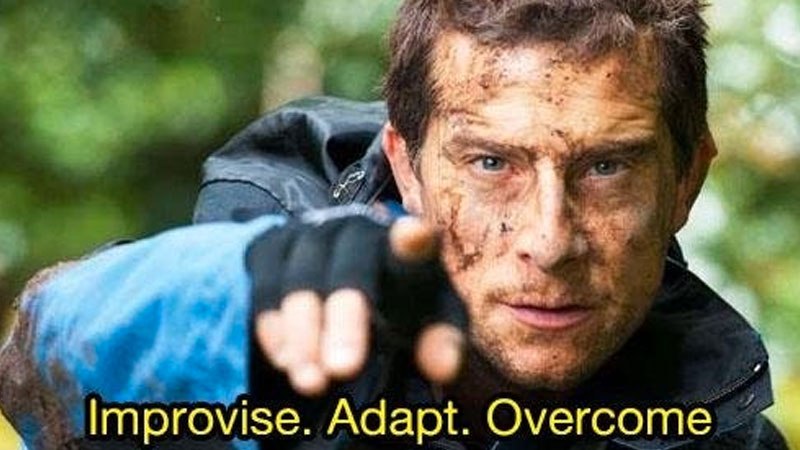
When trying to automate validation and verification tasks the impact of efficency is important thast why its important to select the correct tools.In this post we will focus in some usefull tools.
Version Control Tools
Version control is useful when something goes wrong with the code and you need to go back to a functional previous version of the code, it is widely use throughout the tech industry:
| Version Control | Advantages | Disadvantages |
| Git | Fast and efficient performance Cross-platform Code easily tracked Maintainable and robust Command line (git bash) Git GUI | Complex and biggerhistory log doesn’t support keyword expansion |
| CVS | Cross-platform Robust and fully-featured command-line Support from CVS community Good web browsing of source code repository Collaborative nature if the open-source world | No integrity checking for source code repository Poor support for distributed source control Doesn’t support signed revisions. |
| SVN | Good GUI Good Windows support compared to git Easy set up and administer Integrates with windows, leading IDE and Agile tools | Doesn’t store time files modification Doesn’t support signed revisions |
Tools for Testing
There are a lot of tools out there that help testers in automation for software, and there is an increased demand that is rapidly growing. Here are some useful testing tools:
- Selenium:
- Framework for web application testing in browsers
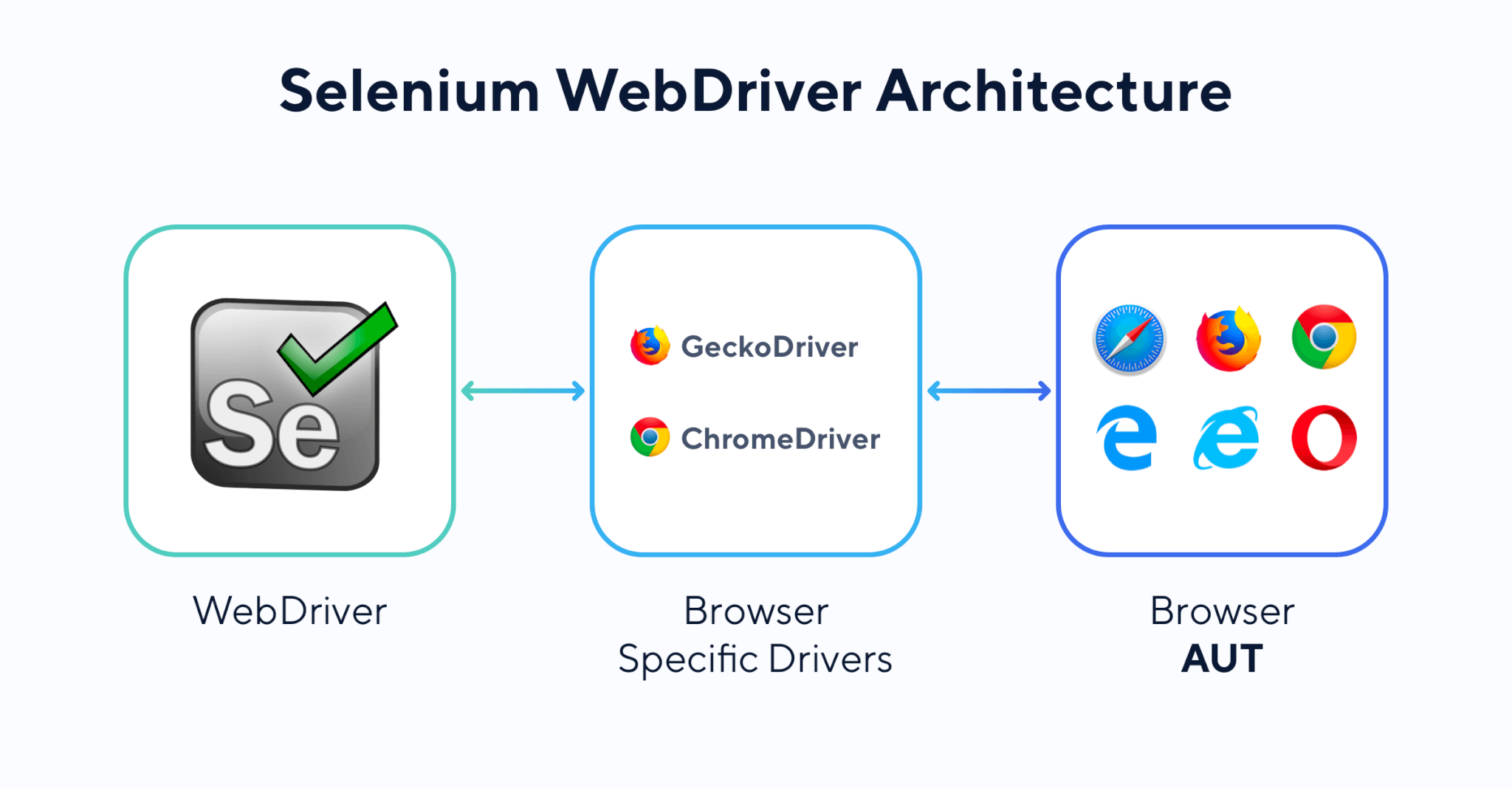
- TestingWhiz:
- Complete package for several automated tests that includes web testing, software testing, database testing, API testing, mobile app testing, regression test suite maintenance.

- TestComplete:
- offers testing for desktop, web and mobile.
